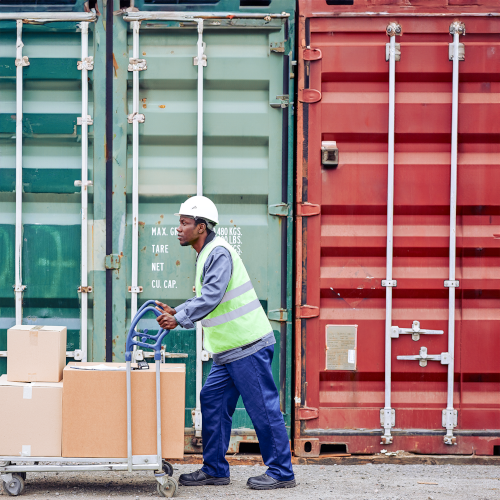The Impact of New U.S. Import Regulations in 2025
The Impact of New U.S. Import Regulations in 2025 How Trump’s trade policies, customs modernization, and ethical compliance are reshaping logistics and talent needs 1. A New Era for Global Trade The administration of Donald Trump has implemented significant changes in U.S. trade policies in 2025. On April 2nd, the president signed Executive Order 14257, […]
The Impact of New U.S. Import Regulations in 2025 Read More »







